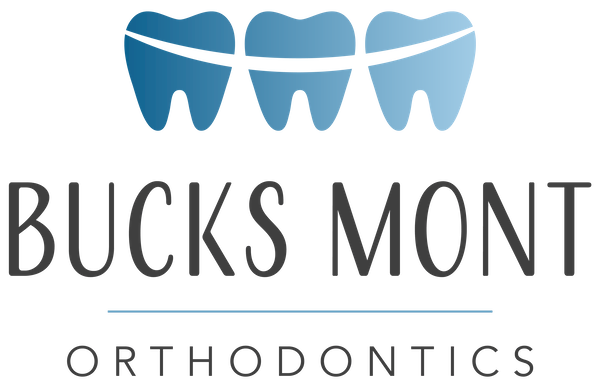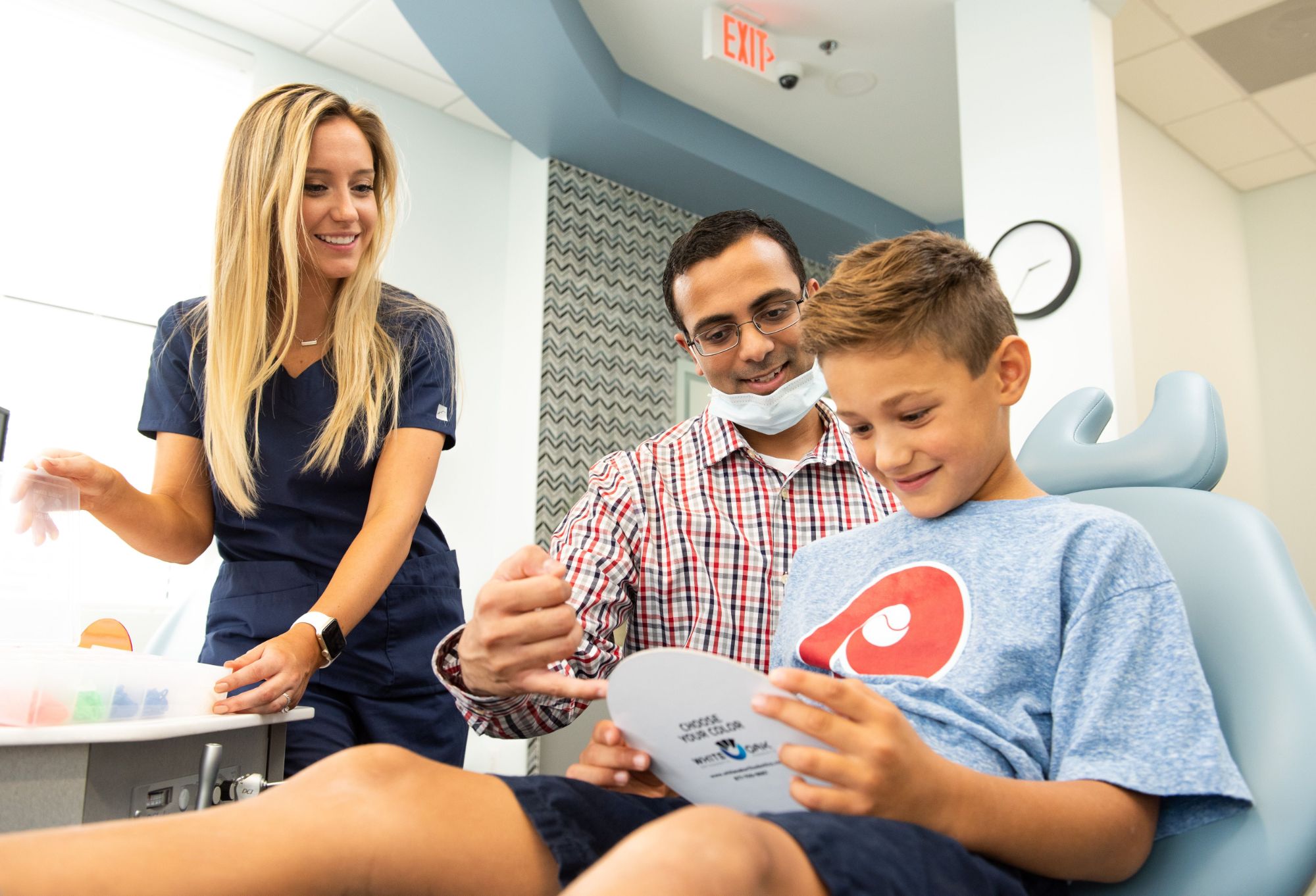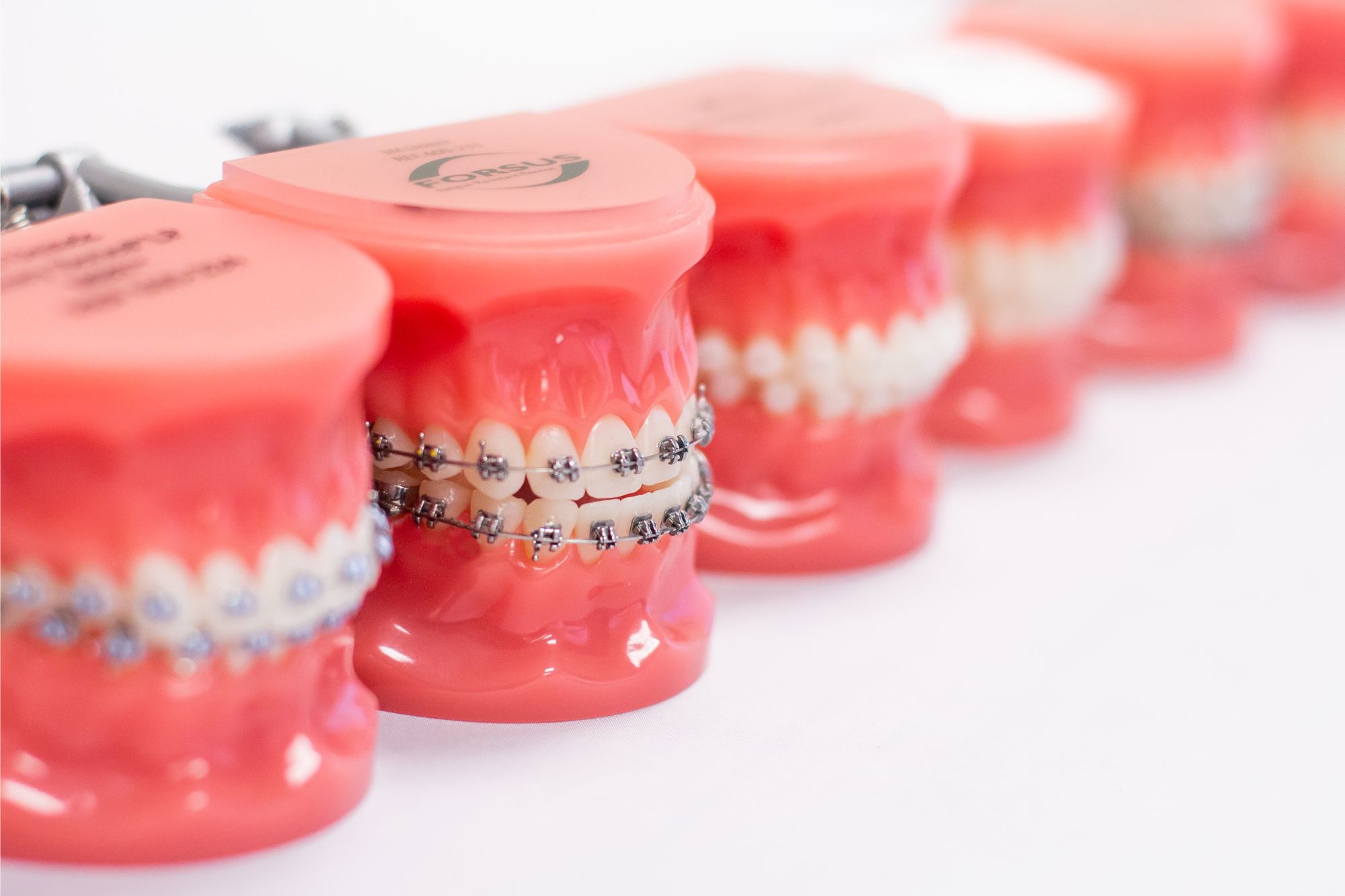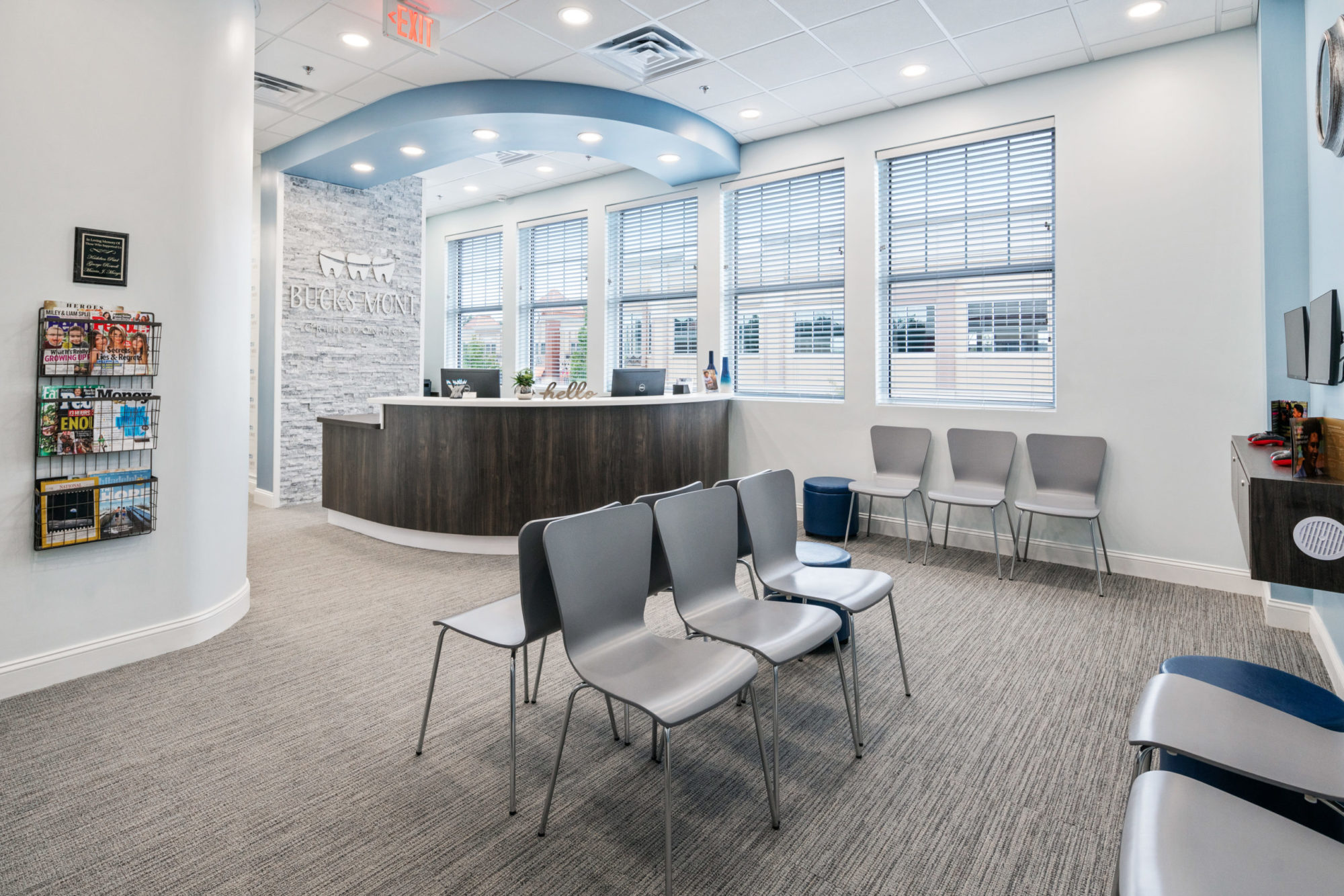Many people, including dentists, are shocked when they find out that a child should first see an orthodontist between the ages of 7 and 10 years. The reason for this reaction is because many of the teeth present in a child’s mouth at this age are still baby teeth. With that being said, by seeing a child who is 7 to 10 years old, an orthodontist can obtain a baseline record of the child’s facial and dental growth pattern.
At Bucks Mont Orthodontics, Dr. Patel uses simple and painless techniques to localize developing adult teeth that have not grown into the mouth and evaluate the jawbones’ growth pattern. This can save a lot of time and money, as well as prevent many dental problems from arising.
Here are some of the most common dental problems detected in 7 to 10-year-old children.
1: Protrusive Teeth
This is when the top teeth excessively stick out in front of the bottom teeth. Protrusive teeth can be a result of a thumb-sucking or tongue-thrusting habit. If the top teeth stick out too far in front of the bottom teeth, then they could potentially be traumatized or broken. This can be corrected by placing limited braces on the effected teeth and moving the teeth back into a healthier and safer position to prevent them from getting bumped.
2: Posterior Crossbite
This condition presents with the top teeth biting on the inside of the bottom teeth (normally the top teeth should bite on the outside of the bottom teeth). A posterior crossbite is an indication that the top jawbone is too small. A posterior crossbite often leads to there not being enough space for all the adult teeth to fit into one’s mouth and can result in uneven growth of the lower jawbone. If caught early enough, this can be resolved by an expander appliance and prevent the need for jaw surgery or having adult teeth pulled out.
3: Anterior Crossbite
This is most often referred to as an underbite. This, too, is an indication that the top jawbone is too small and can occur in combination with a posterior crossbite. An anterior crossbite may involve just one of the front teeth, or all the front teeth. If caught early enough, this can be corrected with an expander appliance or limited braces on the effected teeth.
4: Crowding and Impacted Teeth:
This is when the teeth are so close together that there is not enough space for all the adult teeth to fit into one’s mouth. This can result in one or many adult teeth (usually the canines) being blocked out or stuck in the bone. This condition can be corrected by an expander appliance or having some baby teeth sequentially pulled out. In severe cases, some adult teeth may need to be pulled out too, but if caught early enough the extraction of the teeth can be sequenced so orthodontic treatment does not get prolonged.
5: Spacing
This is when the teeth are so far apart that there are gaps in between the teeth. Generally, this is a good thing when one has all of their baby teeth, but if large spaces remain between the top and bottom front four adult teeth past the age of 9 or 10, then there may not be enough room for the adult canines to grow into place. This, too, can lead to impaction of the canines or them growing into the wrong place. The simplest way to treat this is with limited braces to help close the spacing and making room in the correct location for the canines.
6: Premature Loss of a Baby Tooth
This is when a baby tooth is lost too soon leaving a space. This can result in the teeth adjacent to the lost tooth drifting into the space and blocking out or impacting an adult tooth. This can be easily addressed by having a space maintainer made to hold the teeth in their correct place.
7: Open Bite
This is when none of the front teeth touch. Open bites are often associated with a thumb-sucking habit. If not addressed early, then the dental manifestations can result in altering the top jawbone shape and size. This can be easily corrected with some behavior changes or a simple appliance that prevents the thumb from touching the front teeth when that habit is attempted.
While most children will not be ready to start orthodontic treatment until the age of 11 or 12, if a child has any of the conditions mentioned above, then they should be seen by an orthodontist so conservative treatment options can be used to correct the problem. This may even reduce the overall time a child is in braces.
Please contact Bucks Mont Orthodontics at 215-398-0794 for a free consultation and to see if your child is ready for orthodontic treatment!




